
USS Aldebaran (AF-10), the lead ship of her class of stores ship is the only ship of the United States Navy to have this name. She is named after Aldebaran, a star of the first magnitude in the constellation Taurus.

USS Uranus (AF-14) was a Uranus-class stores ship bareboat chartered to the U.S. Navy by the War Shipping Administration for use in World War II. The ship was one of the Danish vessels idled in U.S. ports seized by the United States after the occupation of Denmark by German forces. The ship was the Danish J. Lauritzen A/S line vessel Maria, ex Caravelle, ex Helga until chartered to the Navy and commissioned on 11 August 1941 under the name Uranus.

USS Matar (AK-119) was a Crater-class cargo ship, converted from a Liberty Ship, commissioned by the US Navy for service in World War II. She was first named after Napoleon B. Broward, an American river pilot, captain, and politician; he was elected as the 19th Governor of the US state of Florida. She was renamed and commissioned after Matar, a binary star in the constellation of Pegasus. She was responsible for delivering troops, goods and equipment to locations in the war zone.

USS Seginus (AK-133) was a Crater-class cargo ship commissioned by the U.S. Navy for service in World War II. She was responsible for delivering troops, goods and equipment to locations in the war zone.

USS Adria (AF-30) was an Adria-class stores ship in service with the United States Navy from 1944 to 1954. She was scrapped in 1977.

USS Arequipa (AF-31) was an Adria class stores ship stores ship in service with the United States Navy from 1945 to 1955. She was sold in 1972 and later sunk as an artificial reef.

USS Karin (AF-33) was an Adria stores ship in service with the United States Navy from 1945 to 1958. She was into commercial service in 1969 and was scrapped in 1987.

USS Kerstin (AF-34) was an Adria class stores ship in service with the United States Navy from 1945 to 1950.
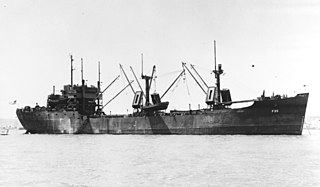
USS Latona (AF-35) was an Adria-class stores ship in service with the United States Navy from 1945 to 1949. She was scrapped in 1973.
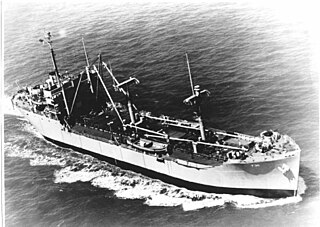
USS Lioba (AF-36) was an Adria-class stores ship in service with the United States Navy from 1945 to 1955. She was scrapped in 1973.
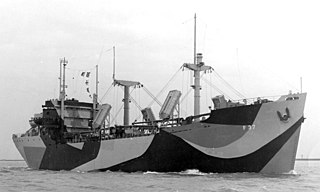
USS Malabar (AF-37) was an Adria-class stores ship in service with the United States Navy from 1945 to 1955. She was scrapped in 1977.

USS Palisana (AF-39) was an Adria stores ship stores ship acquired by the U.S. Navy for service in World War II. Her task was to carry stores, refrigerated items, and equipment to ships in the fleet, and to remote stations and staging areas.

USS Athanasia (AF-41) was an Adria-class stores ship in service with the United States Navy in 1945. She was sold into commercial service in 1977.
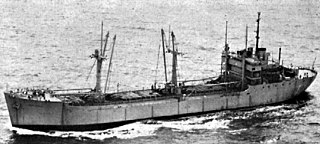
USS Bondia (AF-42) was an Adria-class stores ship in service with the United States Navy from 1945 to 1946 and from 1951 to 1973. She was scrapped in 1974.

USS Gordonia (AF-43) was an Adria-class stores ship in service with the United States Navy from 1945 to 1946. She was scrapped in 1974.
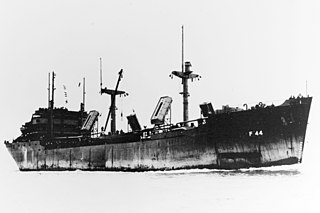
USS Laurentia (AF-44) was an Adria-class stores ship in service with the United States Navy from 1945 to 1946 and from 1950 to 1970. She was scrapped in 1973.
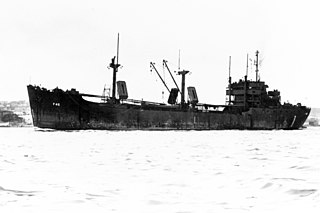
USS Lucidor (AF-45) was an Adria-class stores ship in service with the United States Navy from 1945 to 1946. She was sold into commercial service in 1967 and was lost in 1977.

USS Valentine (AF-47) was an Adria-class stores ship in service with the United States Navy from 1945 to 1946 and from 1951 to 1959. In 1967, She was sold into commercial service and she was scrapped in 1987.

USS Bellatrix (AF-62) was an Alstede-class stores ship in service with the United States Navy from 1961 to 1968, following commercial service from 1945 to 1961. She was scrapped in 1969.

The Type R ship is a United States Maritime Administration (MARAD) designation for World War II refrigerated cargo ship, also called a reefer ship. The R type ship was used in World War II, Korean War, Vietnam War and the Cold War. Type R ships were used to transport perishable commodities which require temperature-controlled transportation, such as fruit, meat, fish, vegetables, dairy products and other foods. The US Maritime Commission ordered 41 new refrigerated ships for the US Navy. Because of the difficulty of building refrigerated ships only two were delivered in 1944, and just 26 were delivered in 1945 and the remainder in 1946–48. The 41 R type ships were built in four groups. Two of design types were modified type C1 ships and two were modified type C2 ships. The United Fruit Company operated many of the R type ships in World War II. The type R2-S-BV1 became the US Navy Alstede-class stores ship and the type R1-M-AV3 became the US Navy Adria-class stores ship.




















